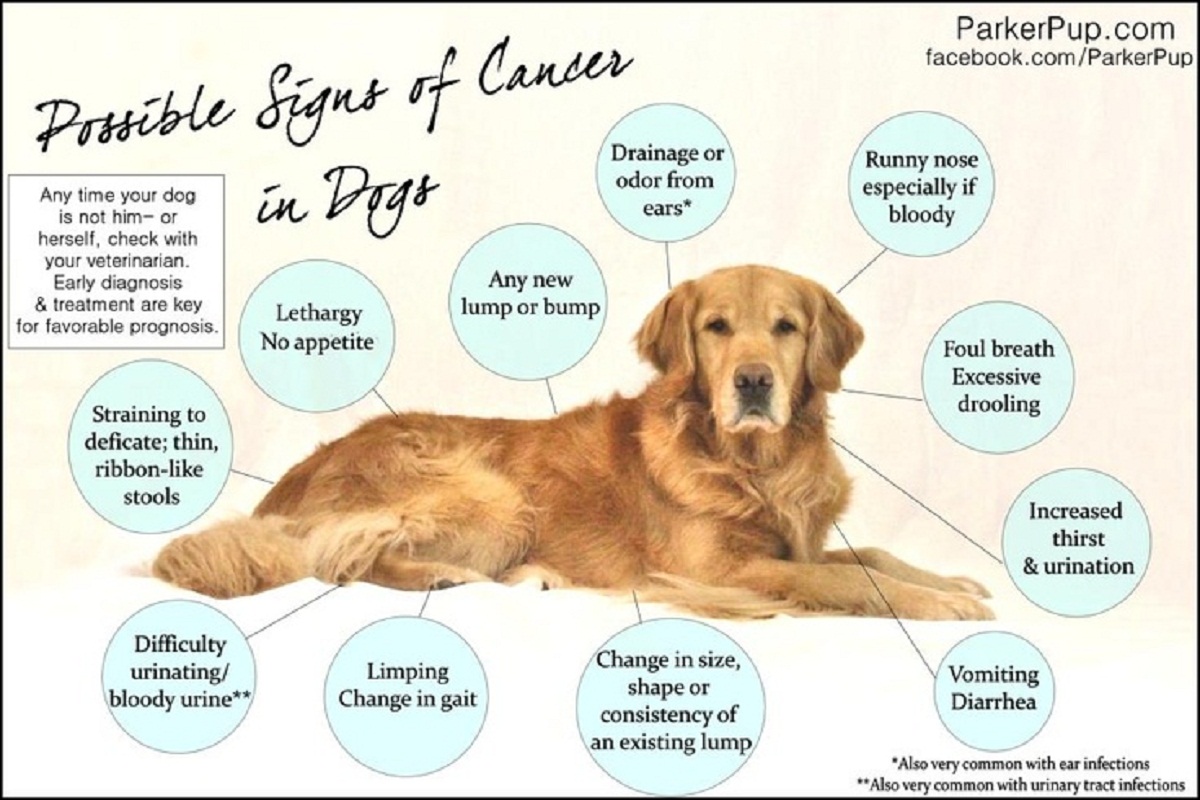Cancer Lump on Dog Paw: A Pet Owner's Guide
You reach down to scratch your dog's belly, and your fingers brush against something unusual – a lump on their paw. It's a heart-stopping moment for any pet owner. While not every lump signals a serious problem, some, including cancerous growths, demand immediate attention. Navigating this situation requires a mix of vigilance, knowledge, and a whole lot of love for your four-legged companion.
Discovering a lump, bump, or growth on your dog's paw isn't uncommon. Dogs explore the world with their paws, making them susceptible to injuries, infections, and, in some cases, the development of tumors. These growths can be benign (non-cancerous) or malignant (cancerous), with each type presenting a unique set of concerns. Determining the nature of the lump is the first step towards providing appropriate care for your canine friend.
While a definitive diagnosis can only come from a veterinarian, understanding the potential causes of paw lumps can help alleviate anxiety and guide you towards taking the right steps. Benign growths, such as warts or cysts, are relatively common and often don't pose a significant health threat. They might require monitoring or simple removal, depending on their size and location.
However, malignant growths, like mast cell tumors, squamous cell carcinomas, or melanomas, are a more serious concern. These cancerous tumors can spread to other parts of the body and require prompt and aggressive treatment, including surgery, chemotherapy, or radiation therapy.
Early detection and intervention are crucial when it comes to managing any type of paw lump in dogs. Recognizing the early signs of a problem can significantly impact your dog's prognosis and quality of life. If you notice any unusual growth, swelling, or discoloration on your dog's paw, it's essential to schedule an appointment with your veterinarian as soon as possible.
During the veterinary visit, be prepared to provide your vet with a detailed history of the lump, including when you first noticed it, any changes in size or appearance, and whether your dog seems to be experiencing any discomfort. The veterinarian will conduct a thorough physical exam and may recommend additional tests, such as fine-needle aspiration, biopsy, or imaging studies, to determine the nature of the lump and develop a tailored treatment plan.
While the discovery of a lump on your dog's paw can be unsettling, remember that knowledge is power. By being proactive, informed, and working closely with your veterinarian, you can ensure that your furry companion receives the best possible care and support.
Understanding Paw Lumps in Dogs
Navigating the world of canine paw lumps can feel overwhelming, but arming yourself with information can ease anxieties and empower you to make informed decisions for your furry friend. Let's break down some common questions and concerns surrounding these growths:
What causes lumps on dog paws?
A variety of factors can contribute to the development of lumps on dog paws, ranging from harmless to potentially serious:
- Infections: Bacterial or fungal infections can cause localized swelling and inflammation, resulting in a lump-like appearance.
- Allergies: Allergic reactions to environmental allergens, such as pollen or dust mites, can manifest as itchy, inflamed paws, sometimes with noticeable swelling.
- Parasites: Bites from insects like mosquitoes or mites can trigger an immune response, leading to red, swollen bumps.
- Benign Growths: Non-cancerous growths, like cysts (fluid-filled sacs) or warts (caused by a virus), are common and usually harmless.
- Malignant Growths: Cancerous tumors, such as mast cell tumors, melanomas, or squamous cell carcinomas, can develop in the paw tissues and require immediate attention.
What are the signs of a cancerous lump on a dog's paw?
While only a veterinarian can diagnose cancer, certain characteristics can raise suspicion of a malignant growth:
- Rapid growth: A lump that increases in size quickly.
- Irregular shape or texture: Lumps that are firm, nodular, ulcerated, or have an uneven surface.
- Bleeding or discharge: Any oozing, bleeding, or foul odor from the lump.
- Changes in the surrounding area: Swelling, redness, hair loss, or lameness in the affected paw.
- Lymph node enlargement: Swollen lymph nodes near the lump.
What should I do if I find a lump on my dog's paw?
Finding a lump on your dog's paw can be concerning, but it's important to remain calm and take the following steps:
- Stay observant: Note the lump's location, size, shape, and any other changes you observe.
- Contact your veterinarian: Schedule an appointment for a professional evaluation.
- Avoid self-treatment: Do not attempt to diagnose or treat the lump yourself. Home remedies can be ineffective or even harmful.
- Follow veterinary recommendations: Your vet will guide you on the appropriate diagnostic tests and treatment options based on their findings.
Remember, early detection and intervention are key to managing any health concern, especially potential cancers. By being proactive and working closely with your veterinarian, you can provide your furry companion with the best possible care and support.
Doorbell transformer replacement guide
Unleash your inner visionary how to draw trippy patterns
Unlock the power of hilarious dad jokes a guide to groan worthy humor
![Dog with Swollen Paws [with Pictures] Our Veterinarian Explains What to Do](https://i2.wp.com/dogdiscoveries.com/.image/t_share/MTgwMTM2NTY1NTQyNDI5ODE4/mast-cell.jpg)












![What Do Mast Cell Tumors Look Like? [Pictures]](https://i2.wp.com/seniortailwaggers.com/wp-content/uploads/mast-cell-pawpad_1564945639.jpg)
